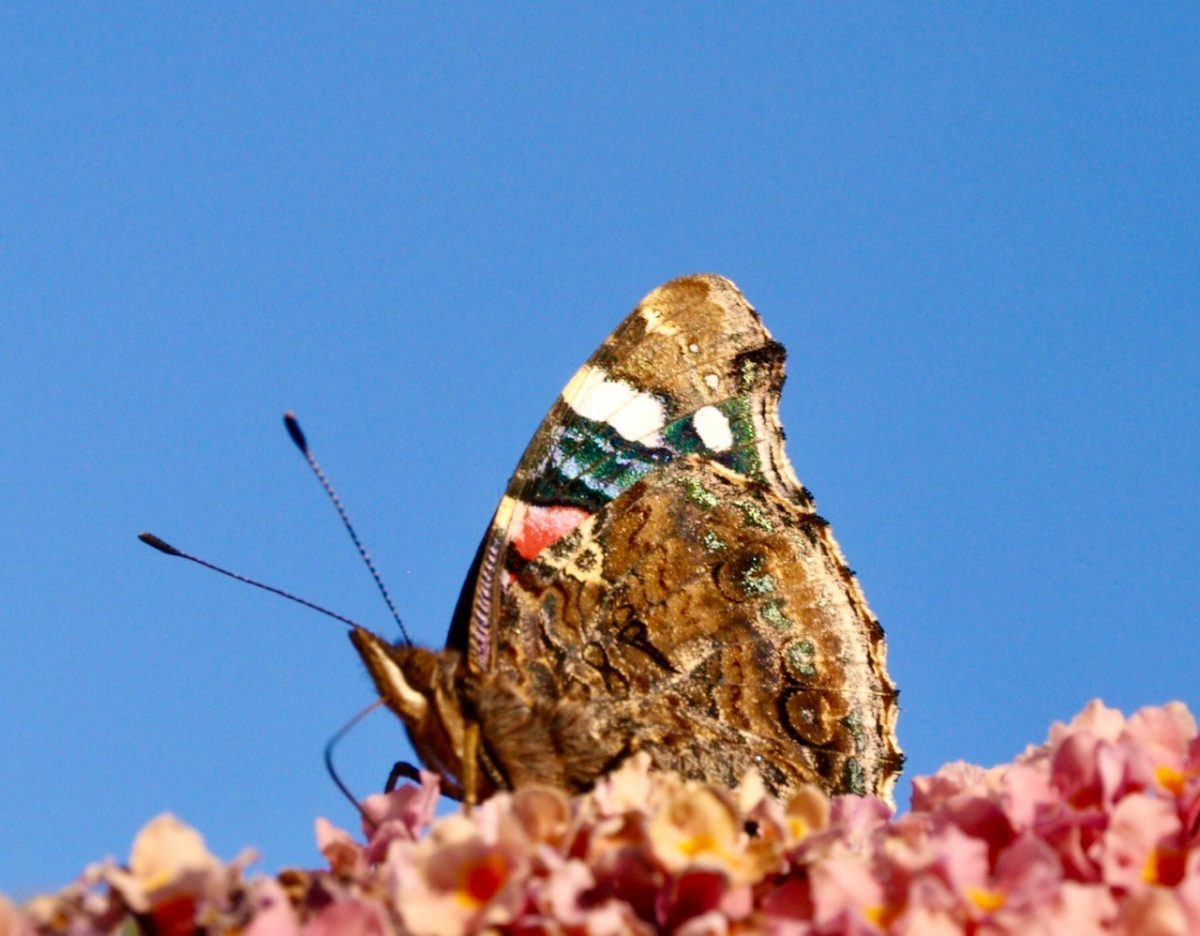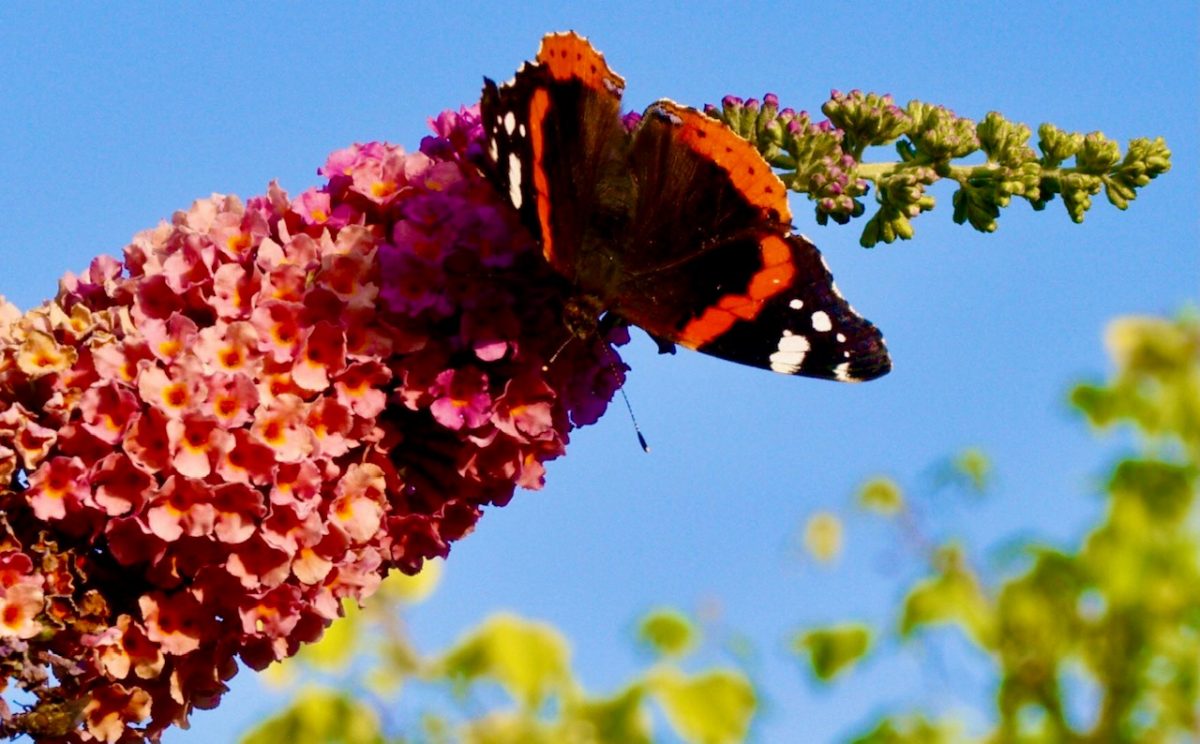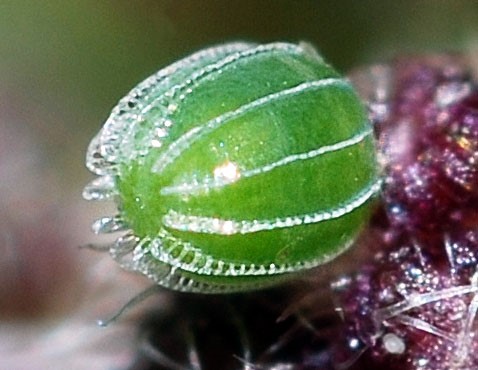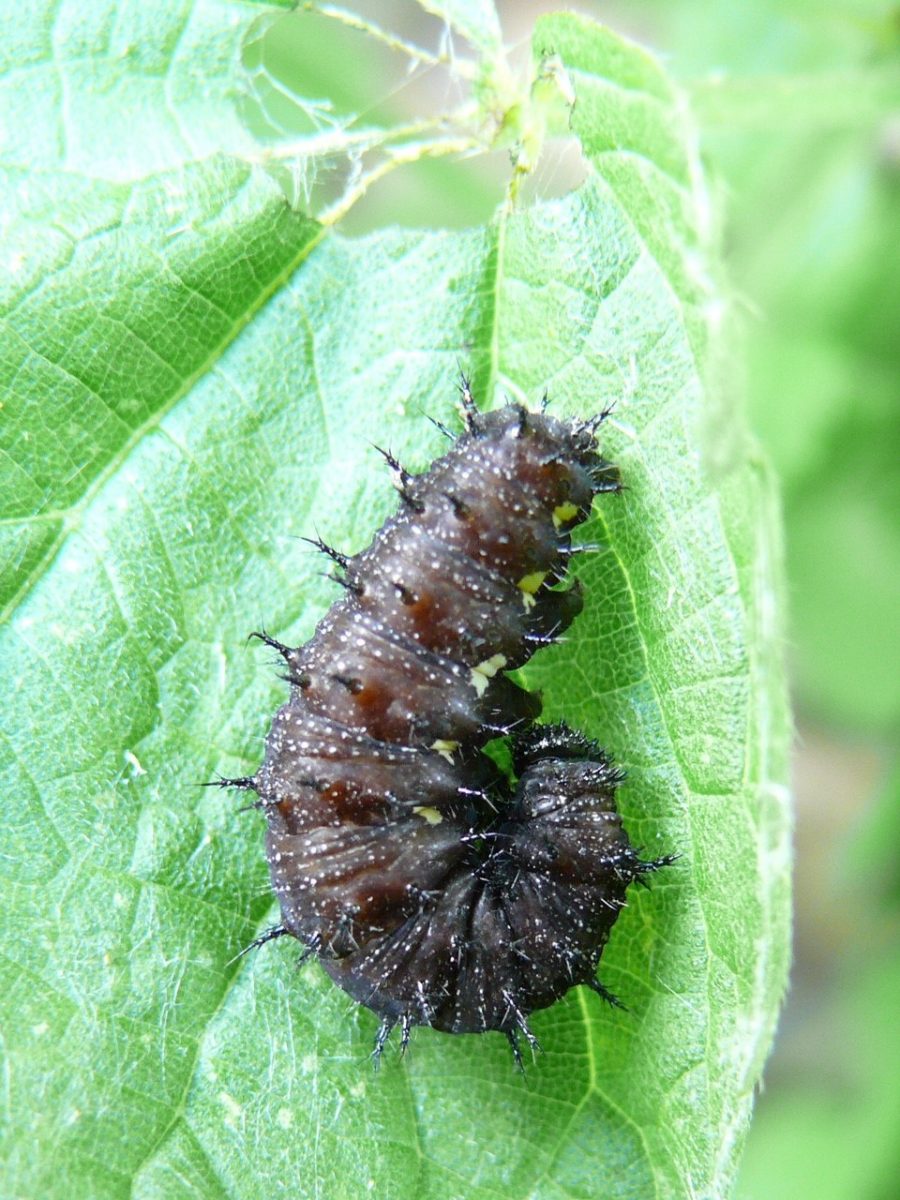(sólo en inglés)
By definition, the “Vulcan” or “Red Admiral” is the senior naval officer among the butterflies of the Vanessa family.
However, there was no obvious reason to give such a prestigious title to this few grams migratory butterfly, except the orange-red diagonal stripe on his black wings, being compared to the scarlet scarf of an Admiral.
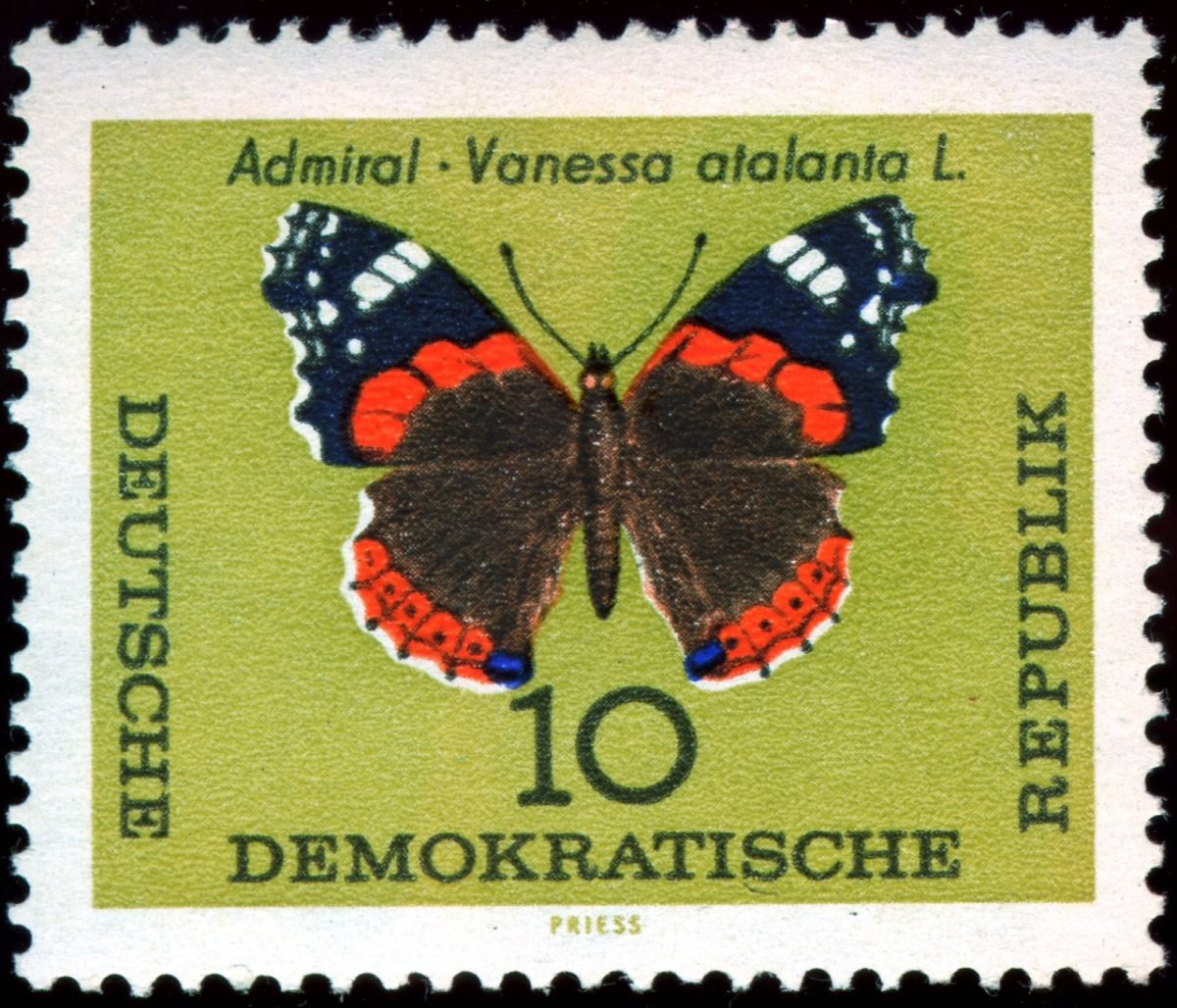
“In Germany, the red admiral was celebrated on a stamp stating its title of Admiral of the butterflies.”
It is also admired among the lepidopterans for its ability to fly in the wind and to reach altitudes of 2,000 metres at around 2°C.
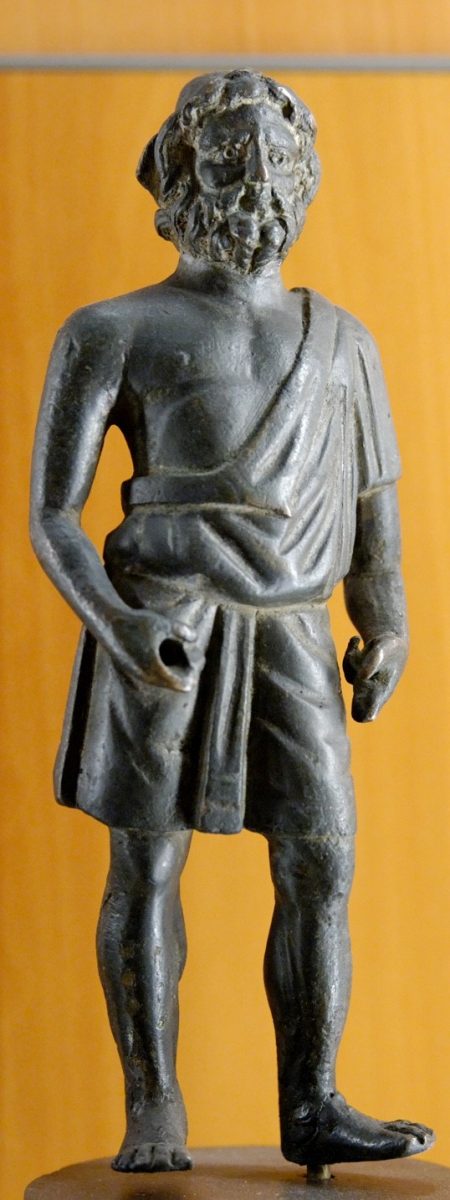
Remember, “Vulcan” is the God of craftsmen and blacksmiths, hardworking men living in the countryside and working with the glowing metal in the fire of the forge, in their shop smelling like burnt horn from shoeing horses.
Remember, “Vulcan” is the God of craftsmen and blacksmiths, hardworking men living in the countryside and working with the glowing metal in the fire of the forge, in their shop smelling like burnt horn from shoeing horses.
This year, the red admiral is exceptionally present in our region because of some modifications of its migratory flow caused by global warming.
This fiery migratory butterfly with a five-centimetre wingspan has a short eight months like span and has to face many dangers on land and at sea.
In spring, when it breeds, it flies from Africa via Spain, over the Strait of Gibraltar, towards northern Europe.
In autumn, its offspring go back to the place where they parents lived to multiply. This is a quite incredible natural reality.
The factors that trigger migration are multiple and knowledge about the subject are quite recent (the 1st national monitoring of migration happened in 1998, with the census of 6,000 red admirals at Mont St Michel).
More recently in Haute-Savoie, 7,000 individuals were marked with a pen on the wing to study their trajectory.
As soon as flowers bloom, the Red Admiral can be seen in the morning and late afternoon, very active in the sun, on the asters, the buddleia (butterfly tree), the flowers of the climbing ivy. It is looking for precious nectar, its much needed food after a migratory flight of several thousand kilometres.
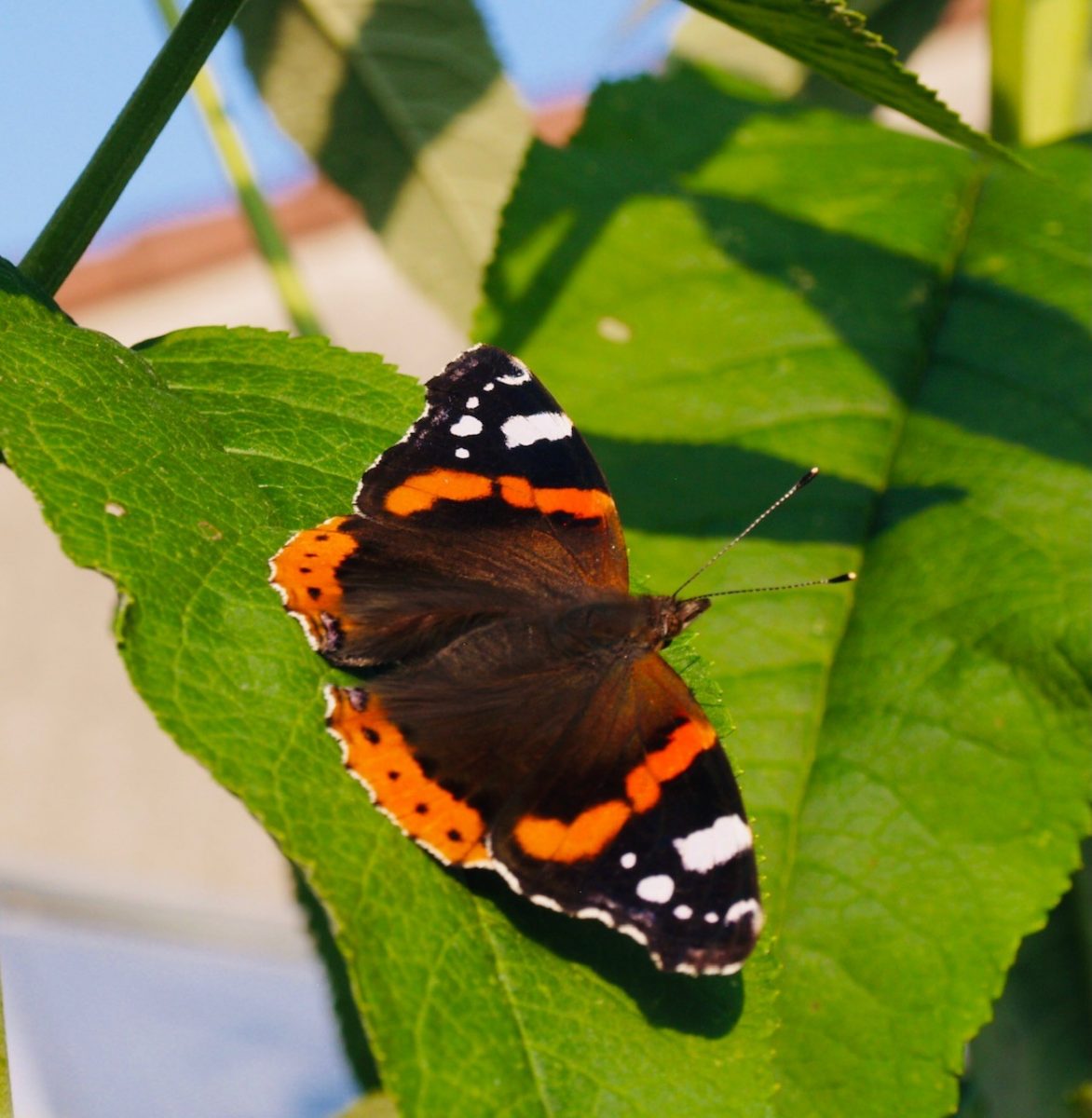
Right picture caption: “The Red Admiral feasts on nectar on the butterfly tree, which is the only energy food reserve it needs to survive.”
It feeds on it for a long time, rolling and unrolling its trunk as it pleases, visiting each flower head.
Sometimes, it enjoys licking the sap from wounded trees, the sugar from ripe and rotten fruits that have fallen to the ground.
In these conditions, the happy Red Admiral can be easily admired and photographed, provided that you are patient and calm, as it is very sensitive to any breeze or movements disturbing the daylight.
A four-legged butterfly?
At first sight, this butterfly seems to have only 4 legs instead of 6, like any other insect. Indeed, its 2 front legs are partially hidden, atrophied and folded.
The iridescent and mottled underside of its wings matches the colour of bark and lichen and serves as camouflage in case of stress.
The two genders are almost identical and there is no way to know if it is a female or male, except from the bigger size of the female carrying the eggs.
![]()
“The egg of the Red Admiral is a spectacular piece of goldsmithing created by nature. It is laid by the female on a nettle leaf.” ![]()
“The caterpillar of the Red Admiral is born eight days after the egg has been laid and curls up in a cone sewn into the nettle leaf.”
Curiously, after mating, the female identifies the different plants thanks to its sense of taste located on its legs: nettle*, pellitory, hops… It then instantly triggers its egg-laying on the chosen plant.
The caterpillars hatch ten days later, winding themselves individually into a cone in the feeder leaves, which they methodically sew together with their silk. Then, they slowly eat this shelter from the inside.
A month after their birth, they metamorphose into chrysalises, hanging from the leaves.
Only thirty days later, a frail Red Admiral is born from the chrysalid body: a symbolic celebration of the fragility of all life.
We’ll discover more of these enigmatic adventures in the next articles of this blog.
* dozens of caterpillar species develop on the nettle
With the authorization of l’Est Eclair / Libération Champagne
Text and photos : Yves Meurville and headphoto © compte pixabay wal-172619

